St. Patrick’s Well
St. Patrick’s Well
It is recorded that St. Patrick founded the first church in 441 where Ballintubber Abbey stands today. The parish is called Baile Tobair Phádraig — the Town of the Well of St. Patrick. If we go back in time 2000 years, Lough Carra used to extend as far as where the abbey is today.
In fact, if you look into the fields on the south side of the abbey, you will see the boggy ground that was once part of Lough Carra. Lough Carra is the northernmost of the Great Western Lakes. To the south of it are Lough Mask and Lough Corrib. These three lakes form the great water system that flows as the Corrib River into Galway City.
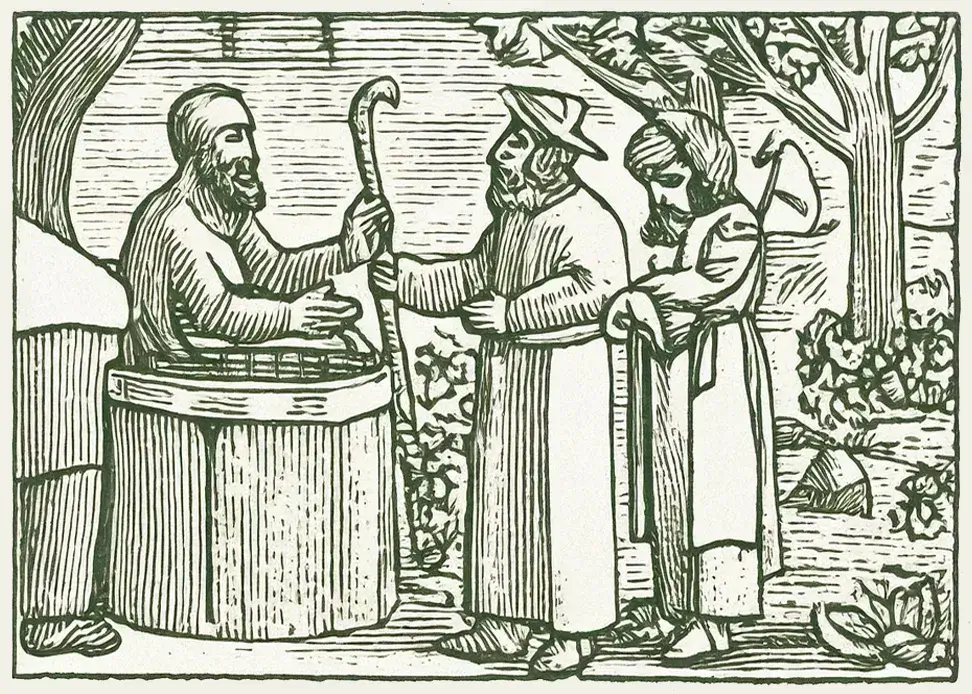
Festival of Lughnasa
2000 years ago, people used to row up through the lakes, moor at the top of Lough Carra, and walk to Cruachán Aigle (Eagle Mountain, known today as Croagh Patrick) to participate in sun worship, especially the great festival of Lughnasa.
The King of Connaught, who had his castle in Rathcroghan, Co Roscommon, had a chariot road built in 350 AD from his castle to the top of Lough Carra and on to the back of Cruachán Aigle. The chariot road was made of 12-foot-wide oak beams laid one after the other across the miles, overlaid with flagstones. This road allowed the King and his entourage to participate in the festival of Lughnasa every year.
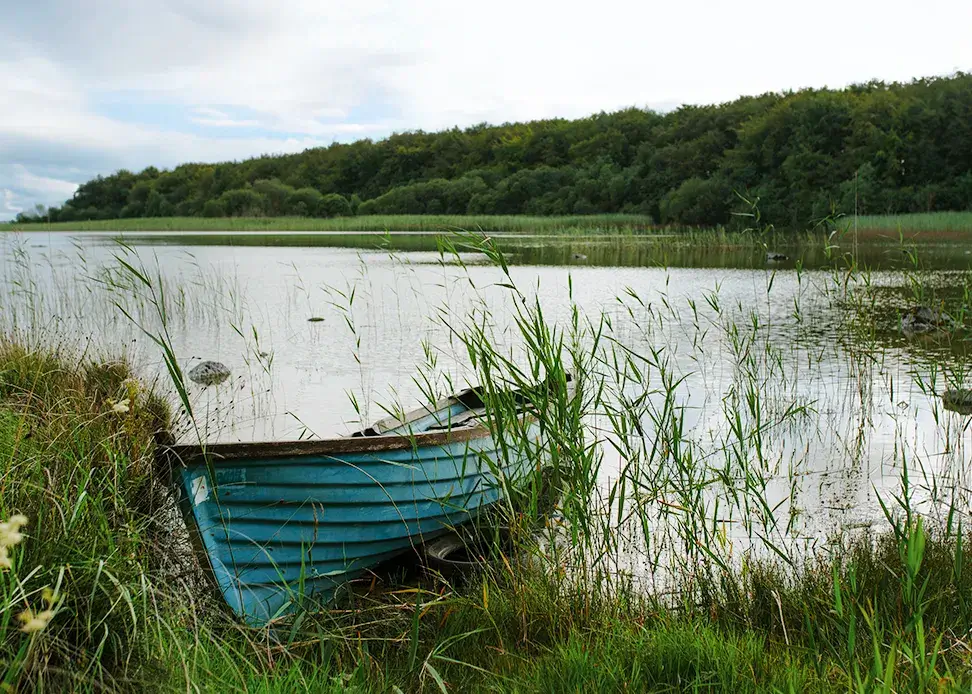
St. Patrick
It was that road that brought St. Patrick through the area. He had his sights set on Cruachán Aigle because he knew it was next to the Atlantic Ocean, and to bring Christianity to the edge of the known world was going to be a great milestone for him. Also, the fact that the mountain was a long-established spiritual site gave him an opportunity to introduce Christianity and hopefully win many converts to the faith.
He prayed for 40 days and nights of Lent on the summit of Cruachán Aigle in 441, and that is why it is Ireland’s holy mountain today, Croagh Patrick. We can only surmise that as he made his way back along the chariot road, he learned about the well. It was at the top of Lough Carra and next to the road, so it had a long history as a spiritual location where the Druids would gather, going to and coming from the mountain because water was sacred to them.
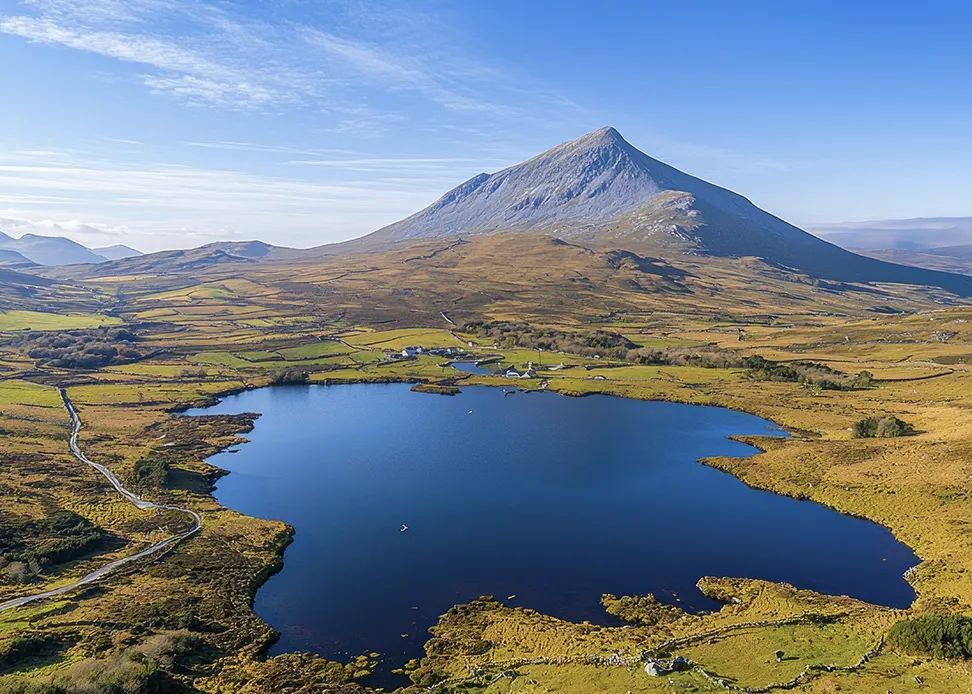

A Timeless Treasure
Patrick camped nearby, met the local people, and baptise babies at the well. He is believed to have founded a church on the site in 441, and there has been a church ever since. A replica of the first church is on the Rosary Way. The spring at the well is still going strong and is pumped to the Crucifixion in the grounds to create the beautiful waterfall. Water from the well is used to baptise babies in the abbey.
Why not take a visit the well, the well is located in the field at the back of the abbey. Local folklore say the stone in the foreground has the imprint of St. Patrick’s knee. The statue at the well was created by Brother Joseph McNally Ballintubber and Singapore in 2000.
A red sandstone, inserted in the south transept wall of Ballintubber Abbey, bears the inscription “GILLABAR – the servant of Brendan,” serving as a poignant reminder of this connection to the past.
Experience Ballintubber Abbey
Journey through time and faith at Ballintubber Abbey. Explore its captivating history and architecture on a guided tour, or embrace serenity on a pilgrimage walk, connecting with centuries of tradition.
Find Out More
Explore Ballintubber
There is so much to see at Ballintubber Abbey, from the church itself, its architecture and art, to the grounds and sculpture and sacred spaces within the gardens. Discover one of Mayo’s most historic locations.

Calvary & Underground Crib
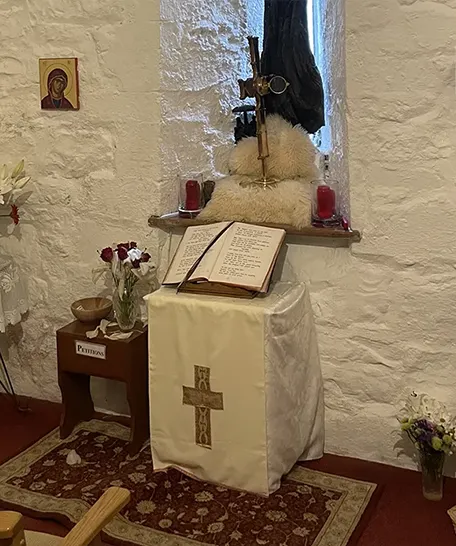
The Chapel of Adoration
The Chapel of Adoration at Ballintubber Abbey is a spiritual haven where Eucharistic Adoration takes place daily from 3.00 p.m. to 9.00 pm..
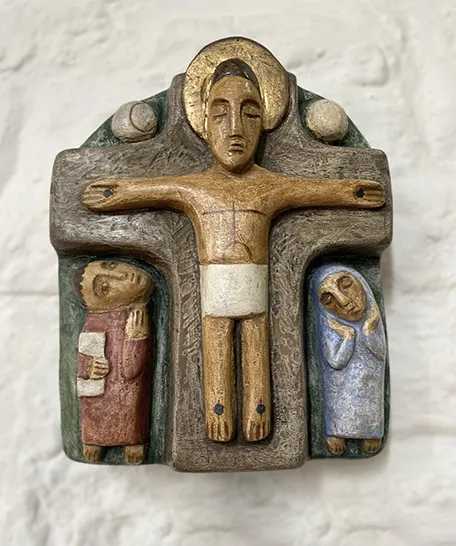
Art at The Abbey
.
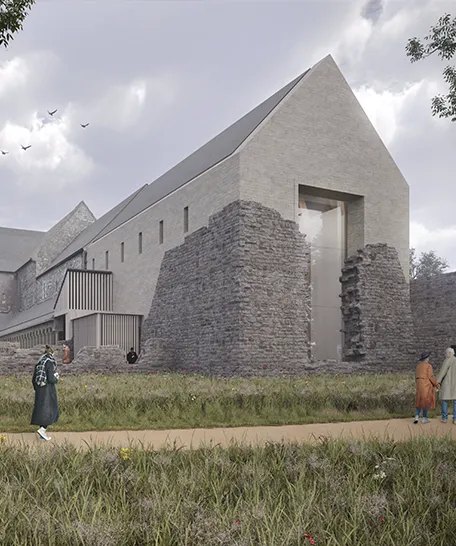
Restoration Project
The Ballintubber Abbey Restoration Project is an ongoing process to enhance the Abbey for worshippers, the local community and visitors alike.
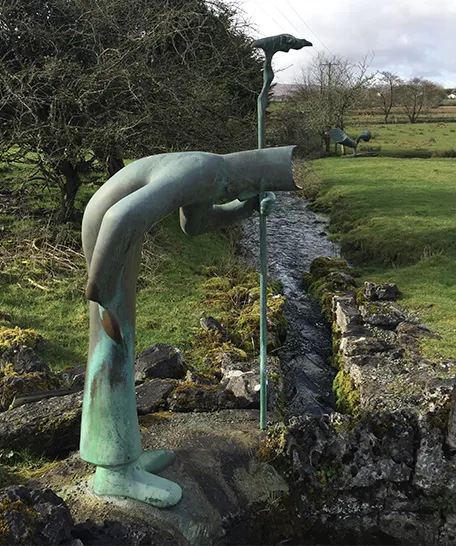
St Patrick’s Well
The ancient well at Ballintubber is a sacred place, where St Patrick baptised Christians.








